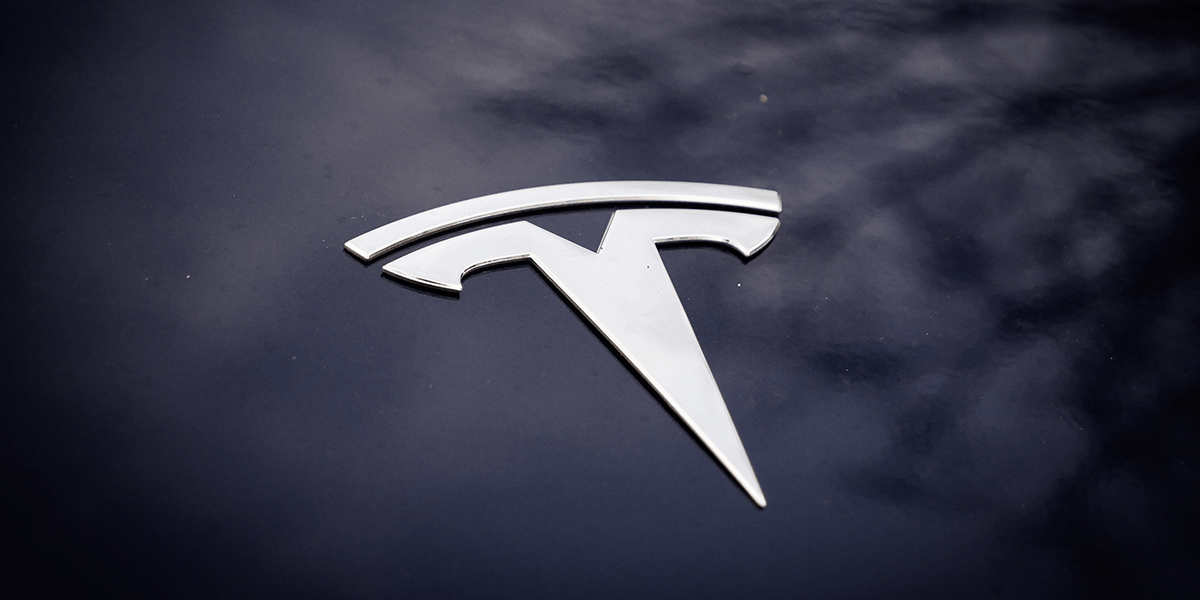Tesla Earnings Q4/2020: Tesla marks full year of profits
It seems like it is becoming a regularity – Tesla reporting a profit. Q4/2020 was no different only investors had perhaps become a little too used to being in the black with high gains so shares jumped not as much as they could at this turning point.
Regardless, Tesla reported a sixth-straight quarter of profit and this in a year which was otherwise marked by crisis. Only for Wall Street, earnings came in a little low, and the stock fell 7% in after-hours trading.
Short-term views aside, the company’s stock price has more than doubled since the last earnings call in October. Tesla now has a market capitalization of more than $835 billion, making it the fifth-most valuable company in the US. They have also been included in the S&P 500 since December. For the first time, they can also say that they have been profitable for a full year – and a difficult one for most of the industry on top.
In terms of actual profits, Tesla reports a net income (GAAP) of 721 million dollars in the whole of 2020. Look back a year, and Tesla made losses of about the same amount, $860Mn in 2019. So 2020 is a turnaround that includes even 2.5 billion dollars non-GAAP, meaning these figures do not uphold accounting standards necessarily but approximate also earnings from free cash flow and core earnings.
The above numbers include the latest Q4 earnings. Net income stood at 270 million dollars for the quarter and 903 million dollars in non-GAAP. In Q3 the numbers were 331 million and 874 million dollars respectively, so the profit has been a little less. (Cue in shareholders here). Still, Q4 is the third-best quarterly result since the company was founded (apart from Q3/2020 and Q2/2018). Plus, when you compare this quarter with Q4/2019, Tesla recorded a 157 per cent increase in profits.
Revenue looked very strong as well with Tesla turning around 10.74 billion dollars in October throughout December 2020 (expectations were $10.5Bn so close). That is an increase of 46% YoY and up from $7.38 billion a year ago. 2020 total revenue stood at $31.5 billion, +22% compared to 2019. Plus, Tesla generated almost $1.9 billion in free cash flow during the last quarter, and its bank account shows almost 20 billion dollars sitting there. The company had also announced a second capital increase of five billion dollars only in December. Expansion – check.
In terms of profitability, Tesla reports 575 million dollars operating income, leading to a 5.4 % operating margin, that is the profit they make on a dollar of sales. In Q3 it stood at 9.2 per cent. Over all of 2020, Tesla reached an average 6.3% operating margin and claimed this to be industry-leading. They again report increased efficiencies across the supply chain, manufacturing and logistics, which also showed in delivery and production numbers but of course, these required investments.
Tesla previously said it had deliveries of 499,550 vehicles in 2020. These numbers have been confirmed now. When they closed Q3, they had 181,650 more vehicles outstanding to reach the desired goal of half a million deliveries. Looking at the Q4 numbers, they’ve missed the mark by no more than 983 vehicles and delivered 180,667. That in itself is pretty impressive in the Tesla world and set another record and a plus of 61 per cent.
Looking at production, the numbers paint a similar picture. Tesla made 179,757 units at its factories in the USA and China in the last quarter. The Model 3 and Y were in the lead as usual with 163,660 units over 16,097 Model S and X produced. The later lost 10 per cent while the economy Tesla and SUV increased production by 88 per cent. Total production grew by 71% as Tesla produced 509,737 vehicles during the year.
Because Tesla has seen a shift to more affordable models in the line-up, it led to the average price per vehicle coming down 11 per cent in the last quarter of 2020. The Shanghai factory played its part as Tesla ramped up production of the Model 3 to 5,000 units a week or 250,000 a year and also kickstarted the Model Y lines. The report also confirms exports to Europe and other markets from China.
The same goes for Fremont where Tesla makes the Model Y but has been busy with upgrades. Tesla says it has just upgraded the lines to accommodate the new Model S and X. We had heard about such plans in December indeed alongside intensifying rumours on the Model S Plaid which will require extensive adjustments anyway. The promise now made is of a new powertrain and revamps inside and out, including the battery, for both models. In fact, Tesla delivered an update on this today.
Tesla also stresses the Giga Factories in Germany and Austin, Texas would remain “on track to start vehicle production this year with structural batteries leveraging in-house battery cells.” This confirms all hopes and earlier reports that Giga Berlin would become a testbed (or breeding ground) for the new Tesla cells presented last September.
For an outlook, Tesla says they were taking a “simplified approach” for the team to remain “focused on achieving our long-term goals.” These are manufacturing expansion and incoming models and technologies. Tesla lists the Cybertruck, Roadster, the Semi truck and a mysterious “future vehicle” as all in development. The rumoured third factory also remains on the list only now it is not necessarily in the US anymore but listed as TBD (to be defined). Tesla had already announced planned investments of up to six billion dollars in the next two years following the Q3 earnings call.
More concrete targets in this earnings call include 50% annual growth for its deliveries in future and Tesla says it likely will “grow faster” in 2021. Growth at 50% this year would mean the delivery of about 750,000 vehicles – a goal that does not seem too far off, given the crisis marred 2020 during which they still made half a million EVs. Plus, if Germany and Texas really come online as planned in 2021, there would be extra vehicles right there. Tesla also states that deliveries of the Semi truck would begin this year after there had been repeated delays. Tesla wants to make the e-truck at the yet to be completed Giga Texas. Obviously, the company expects operating margins to continue to grow, pointing to capacity increases and localisation efforts underway.
The Supercharger network is advancing at a healthy rate with 2,564 more stations added in Q4/2020, plus 41 per cent.
Tesla’s energy business continued to grow too. For the first time, the company says that battery deployments had surpassed 3 GWh in a year, an 83% increase, mostly thanks to the Megapack for utility-scale installations.
We will continue to update the article so feel free to check back in.
tesla.com (shareholder deck, pdf)





0 Comments